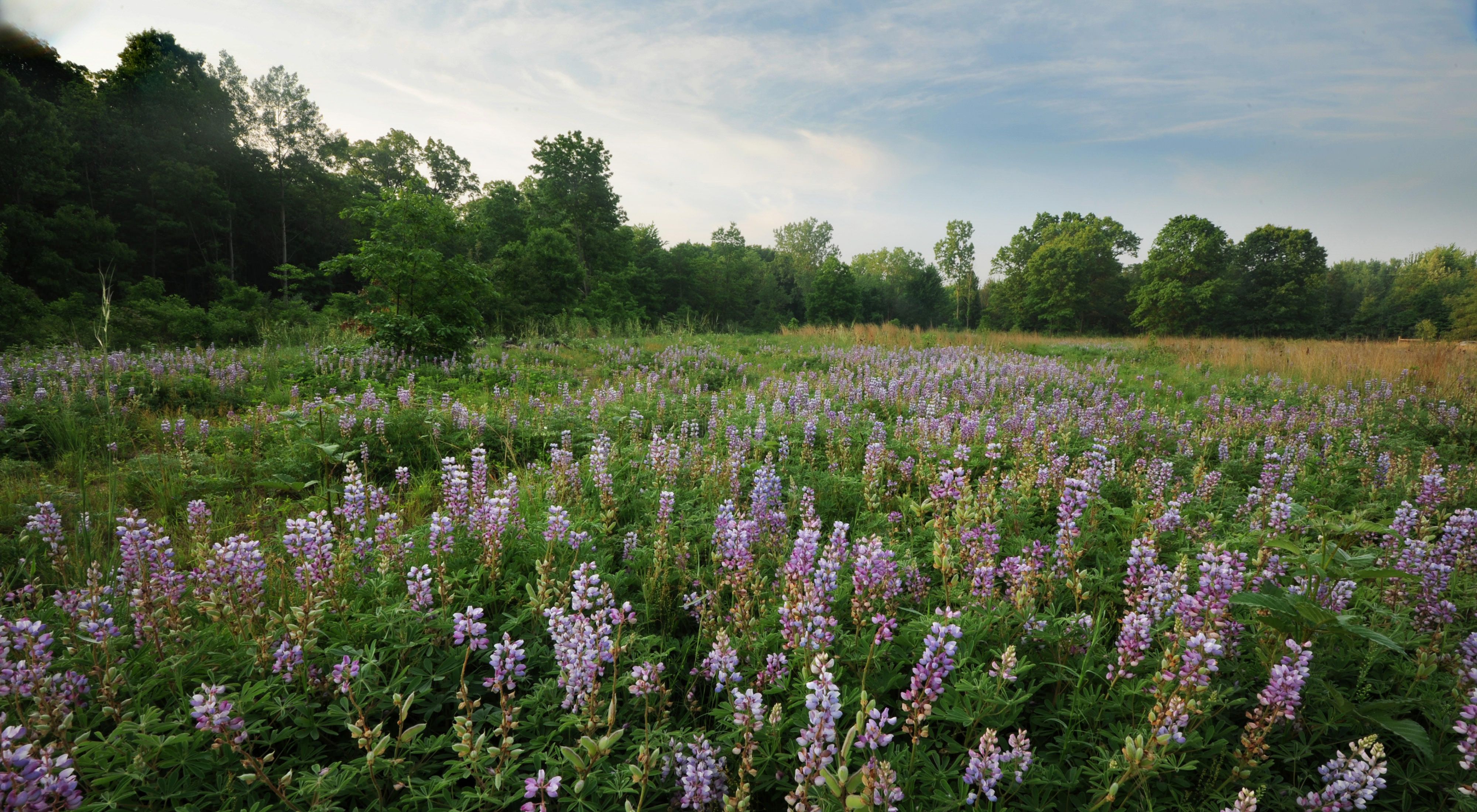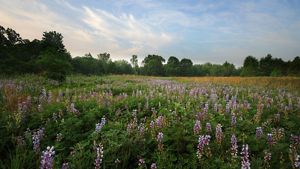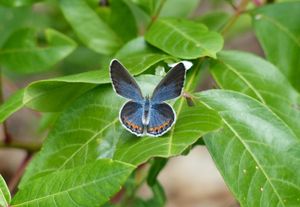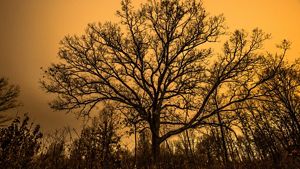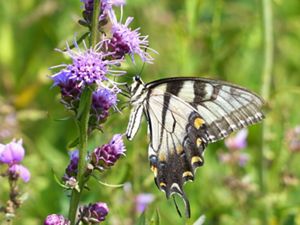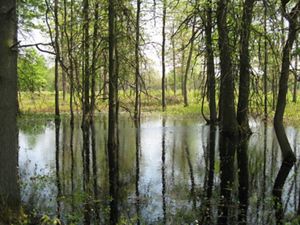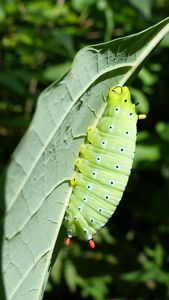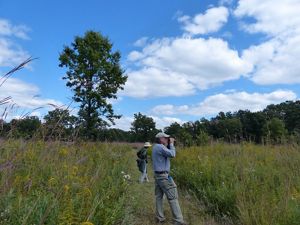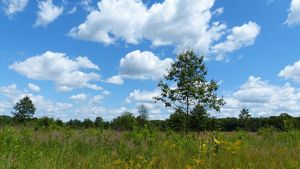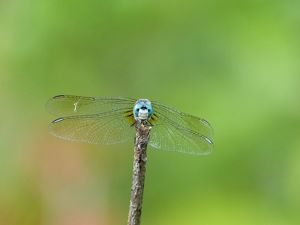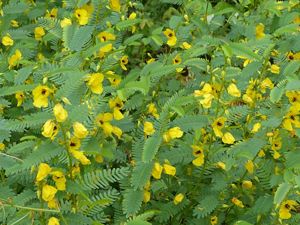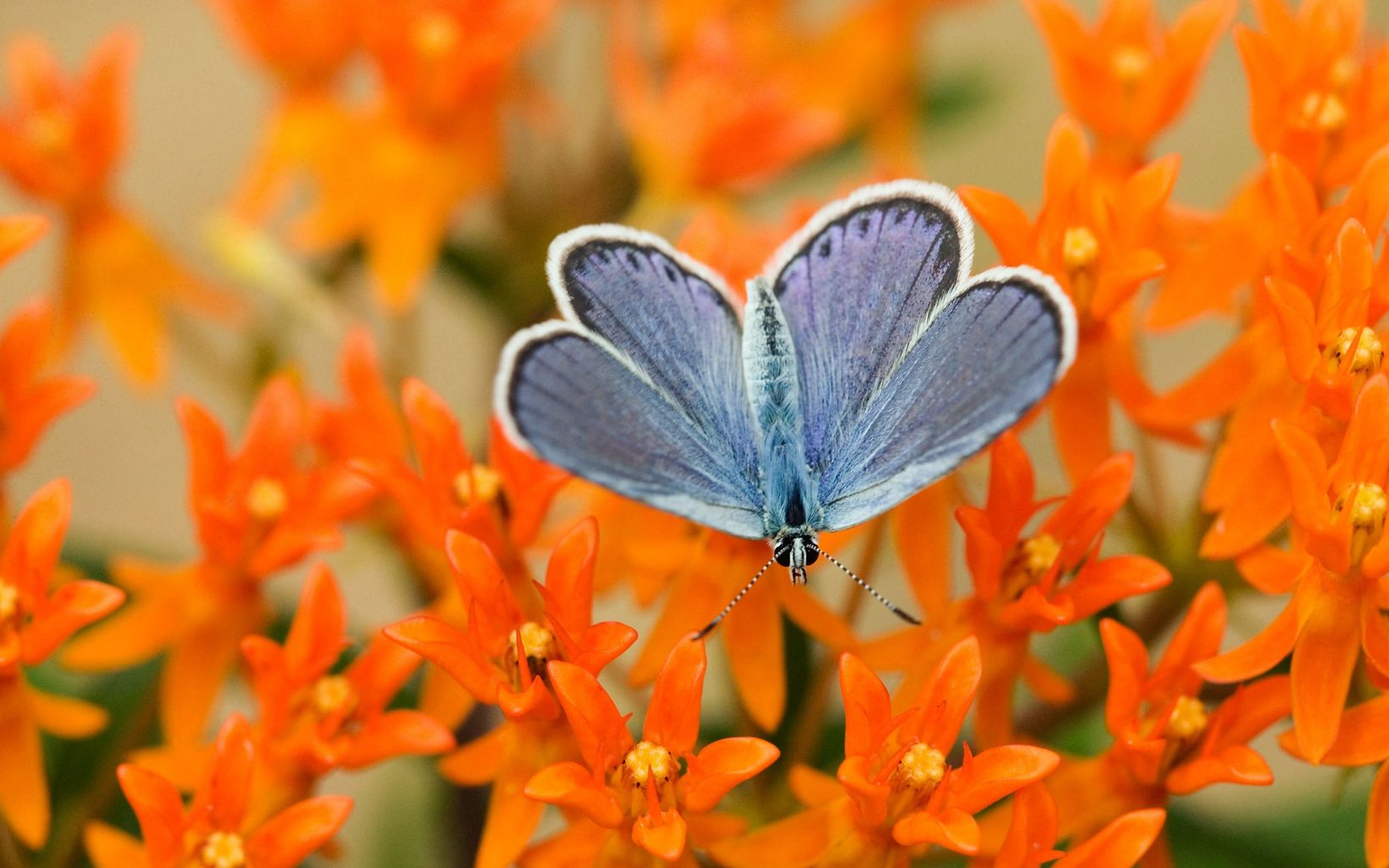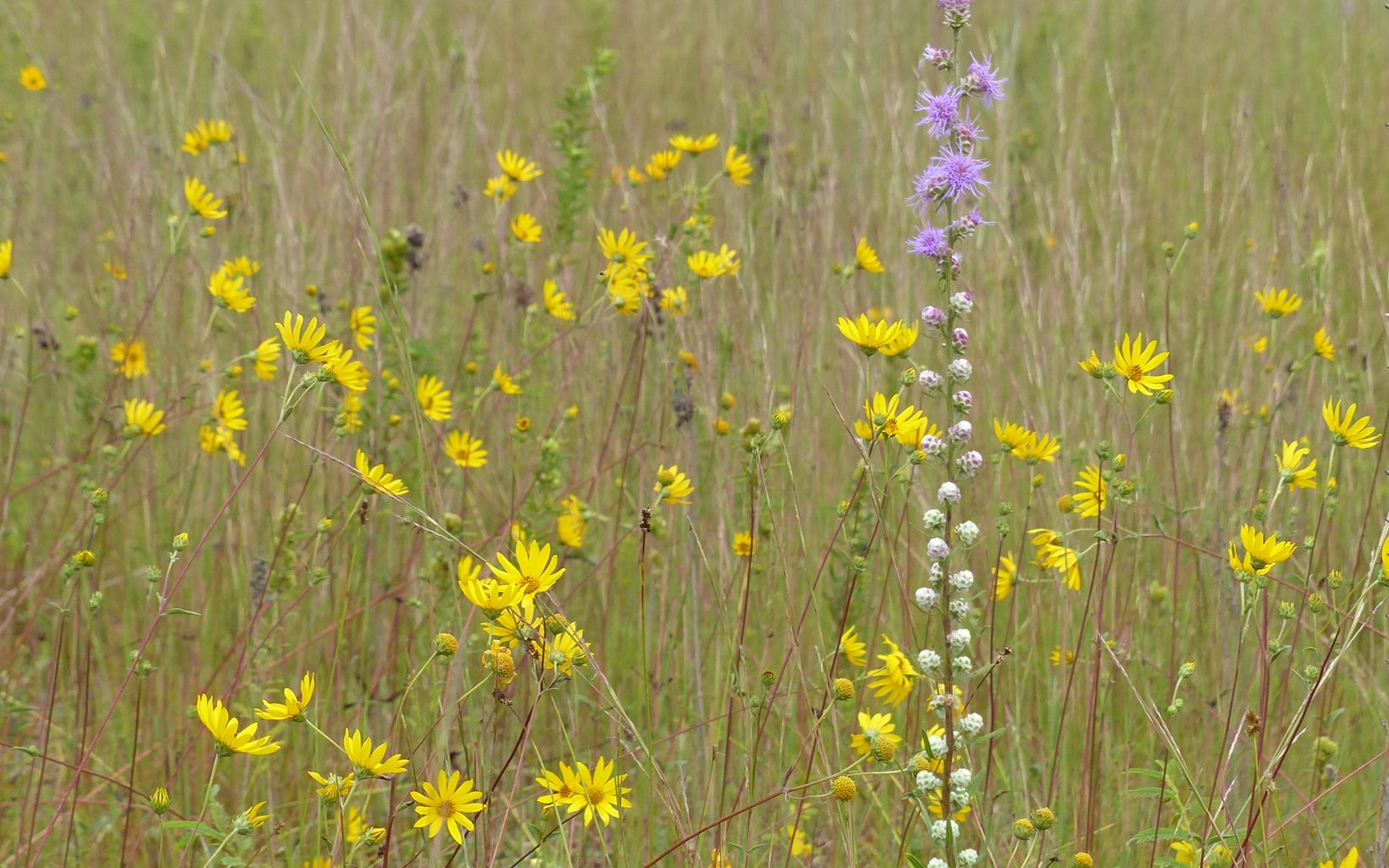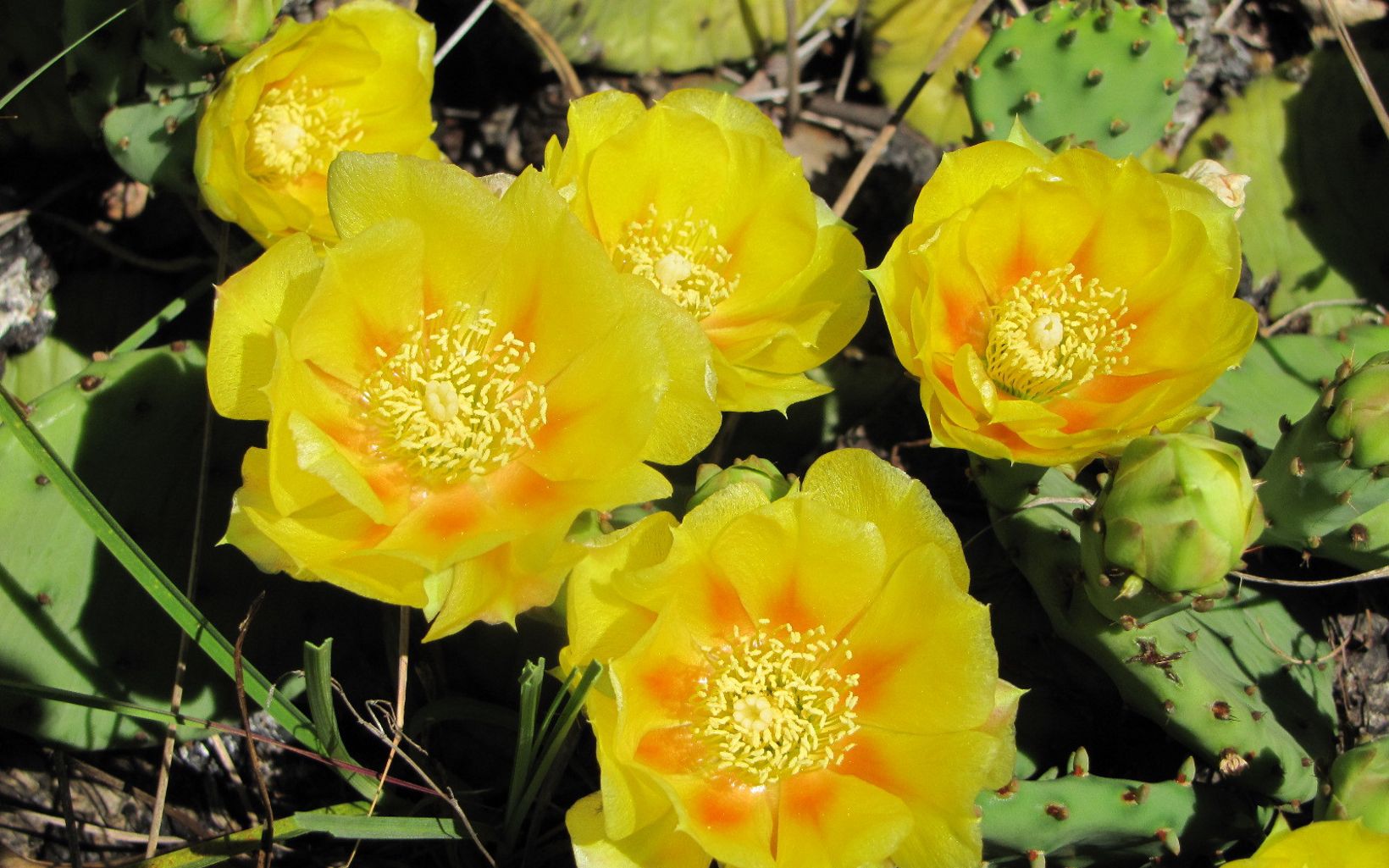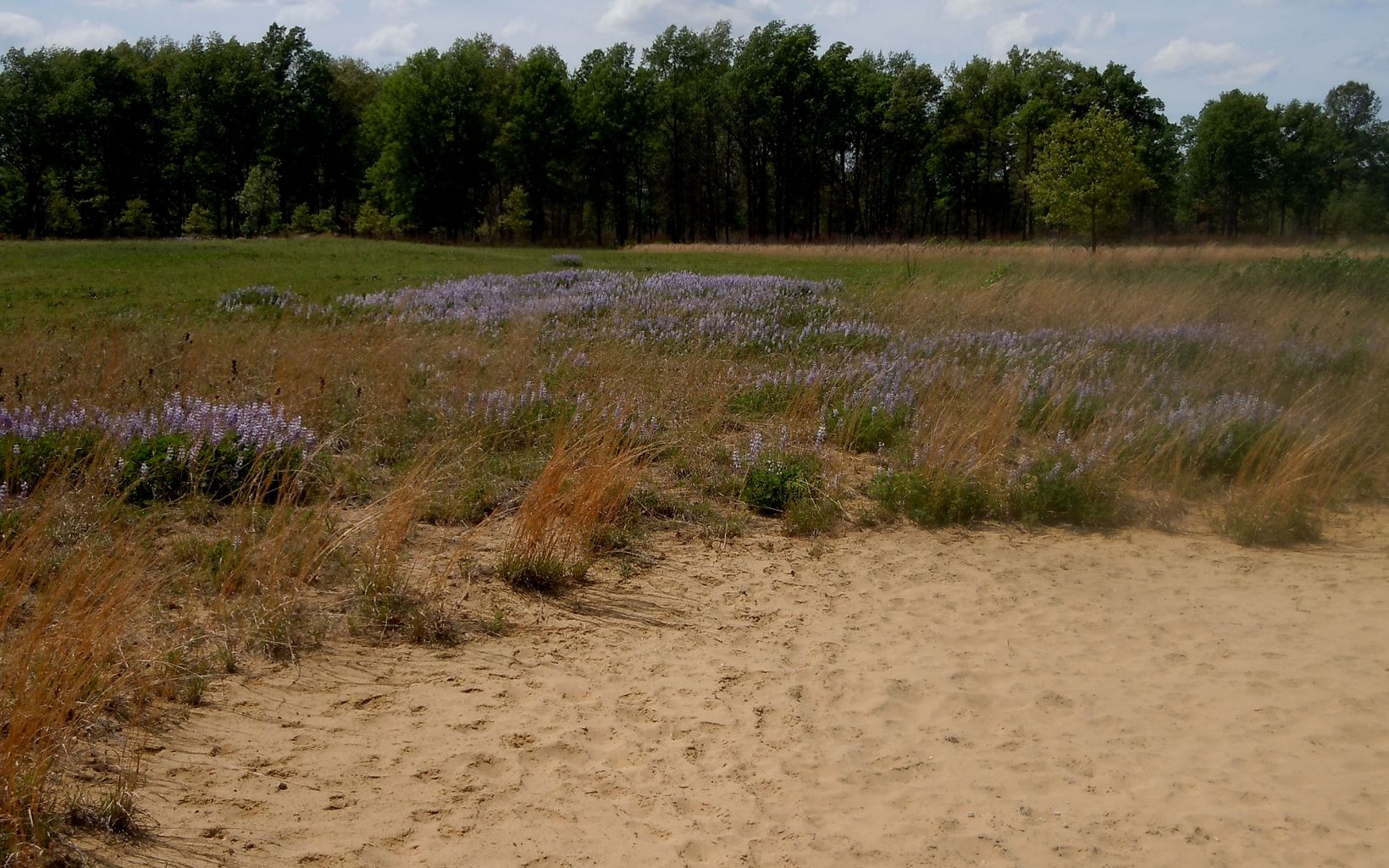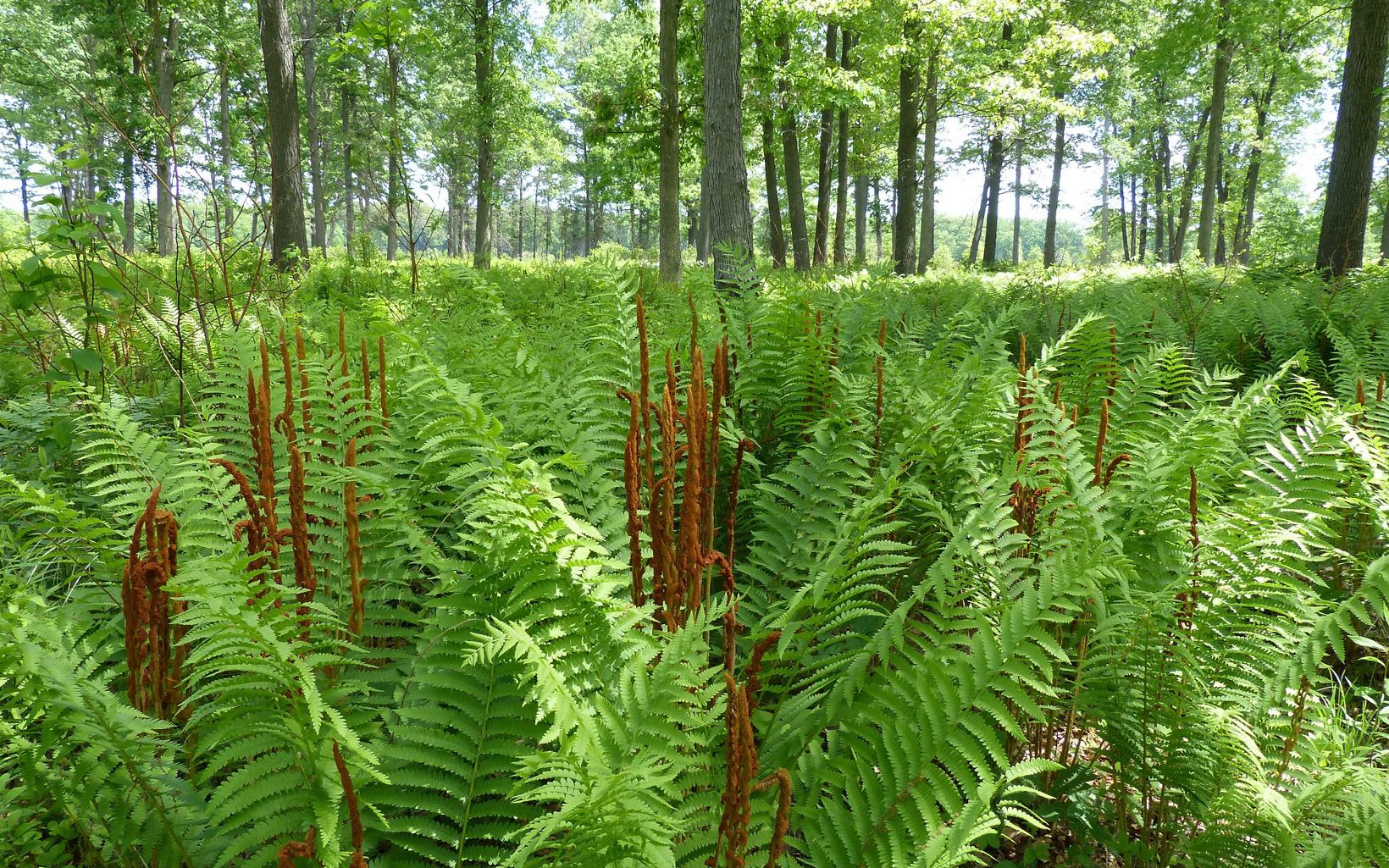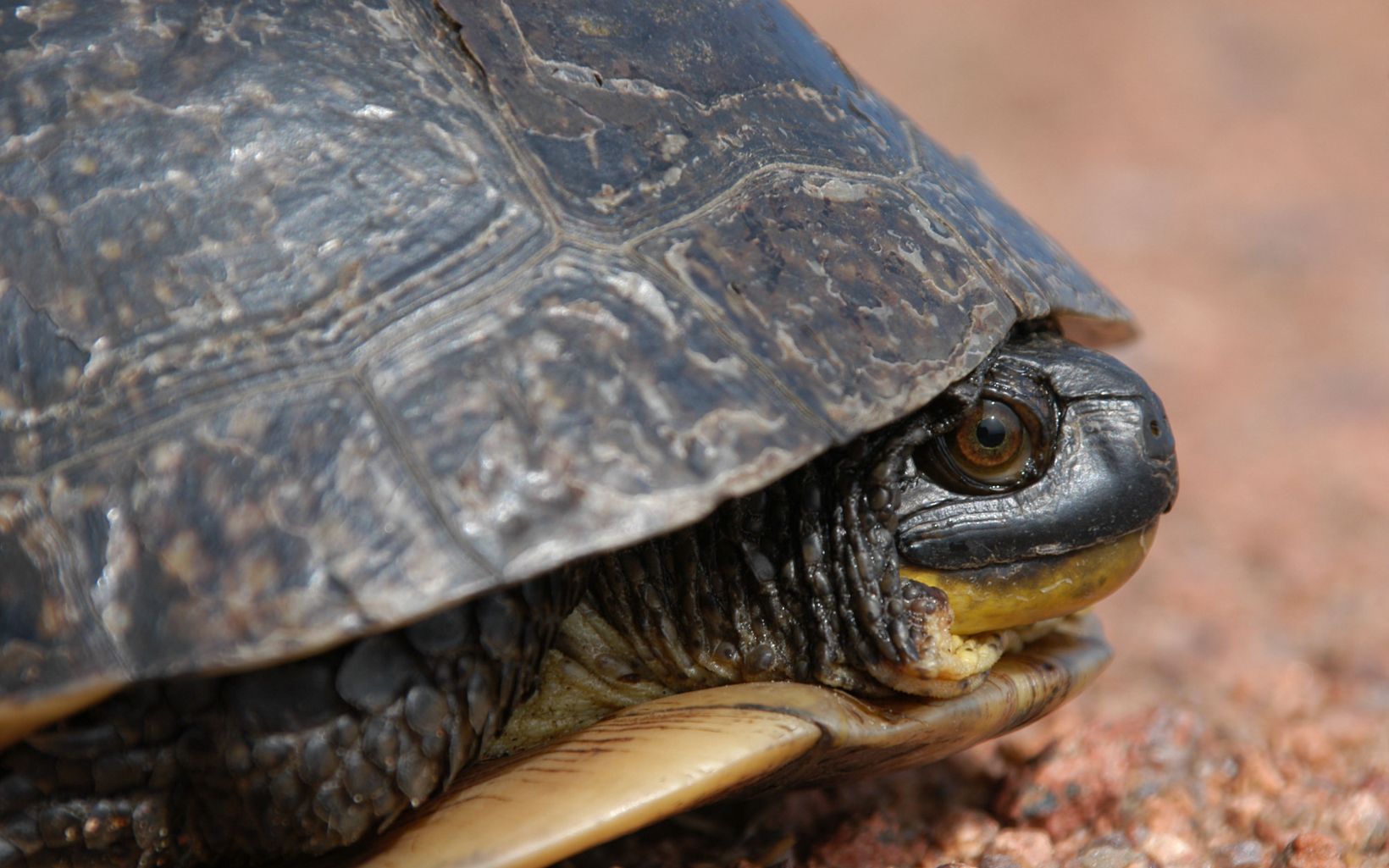Description
Ohio’s earliest European colonizers found the sandy soils of the Oak Openings Region to be unfit for growing crops, but it didn’t take botanists long to figure out that this ‘sand country’ was unparalleled in the state for the propagation of rare and wild plants.
The 1,300-square-mile Oak Openings Region is a complex of oak savanna and wet prairie that developed on sand and clay deposited by glacial Lake Warren, the ancient predecessor of present-day Lake Erie. The combination of porous sandy soils of the former beach ridges and an impervious clay layer beneath those soils creates an unforgiving environment that fluctuates from flooding in the spring to arid in midsummer.
The Nature Conservancy’s 1,400-acre Kitty Todd Preserve is a centerpiece of the Oak Openings Region and is a model of land management practices for the region. TNC is very active in the Green Ribbon Initiative, an important regional partnership of conservation groups working together to protect the natural beauty and biological diversity of the Oak Openings region.
Visitors can enjoy exploring three areas of the The Kitty Todd Nature Preserve including the Oak Savanna and Cactus Loop trail as well as the Salamander Flats Wetland trail and Sandhill Crane Wetlands viewing area.
You play a critical role in restoring this magnificent landscape when you support our work.
